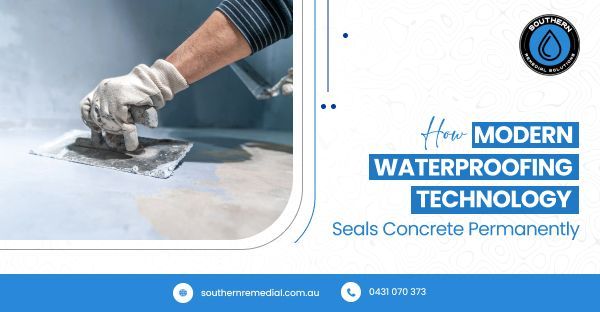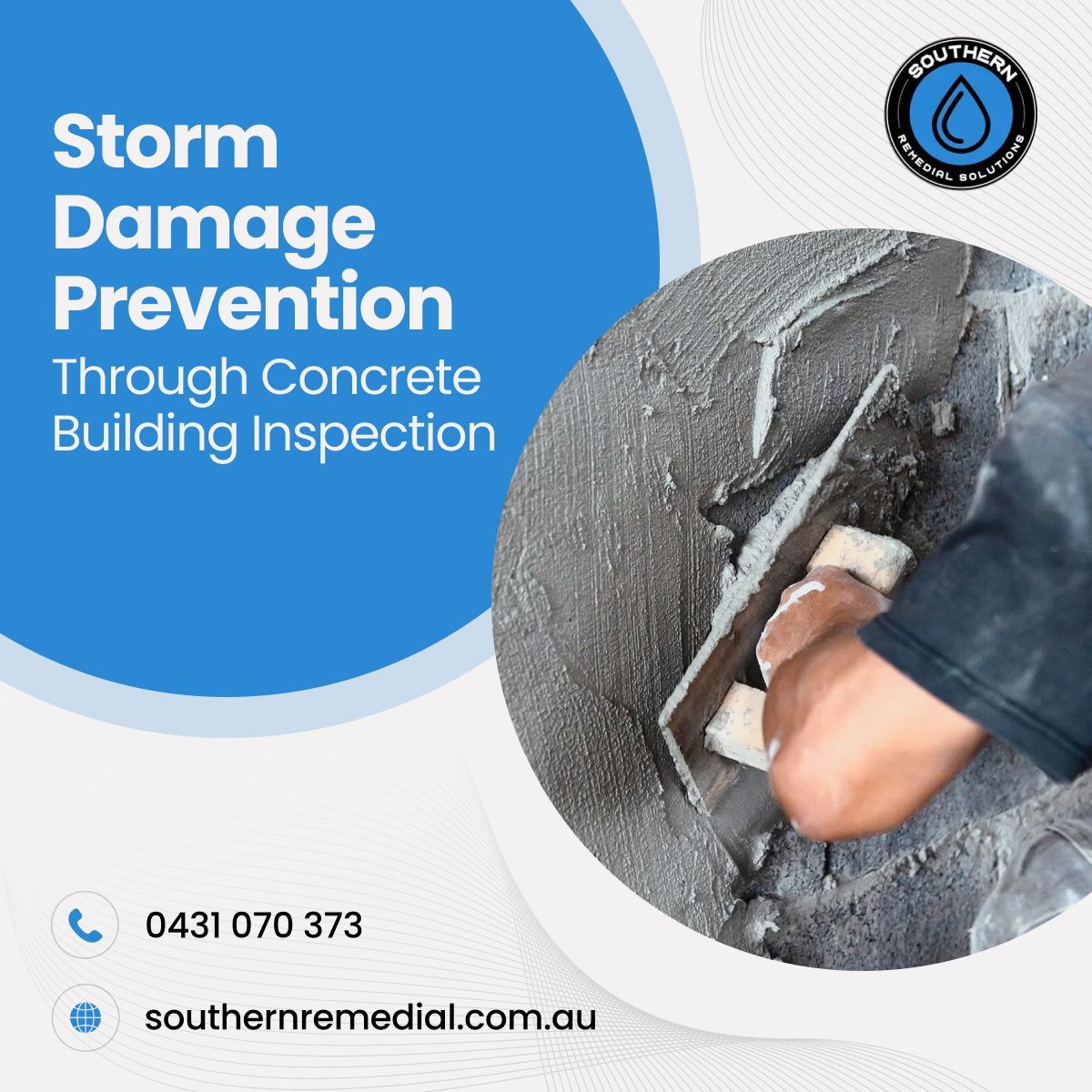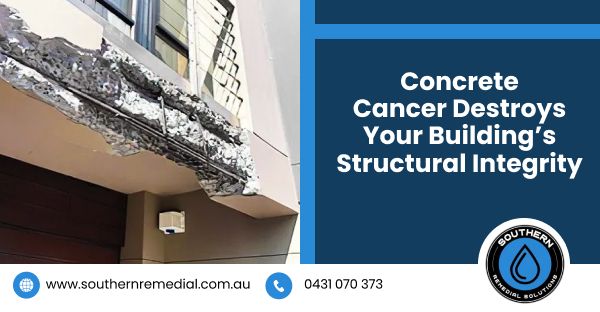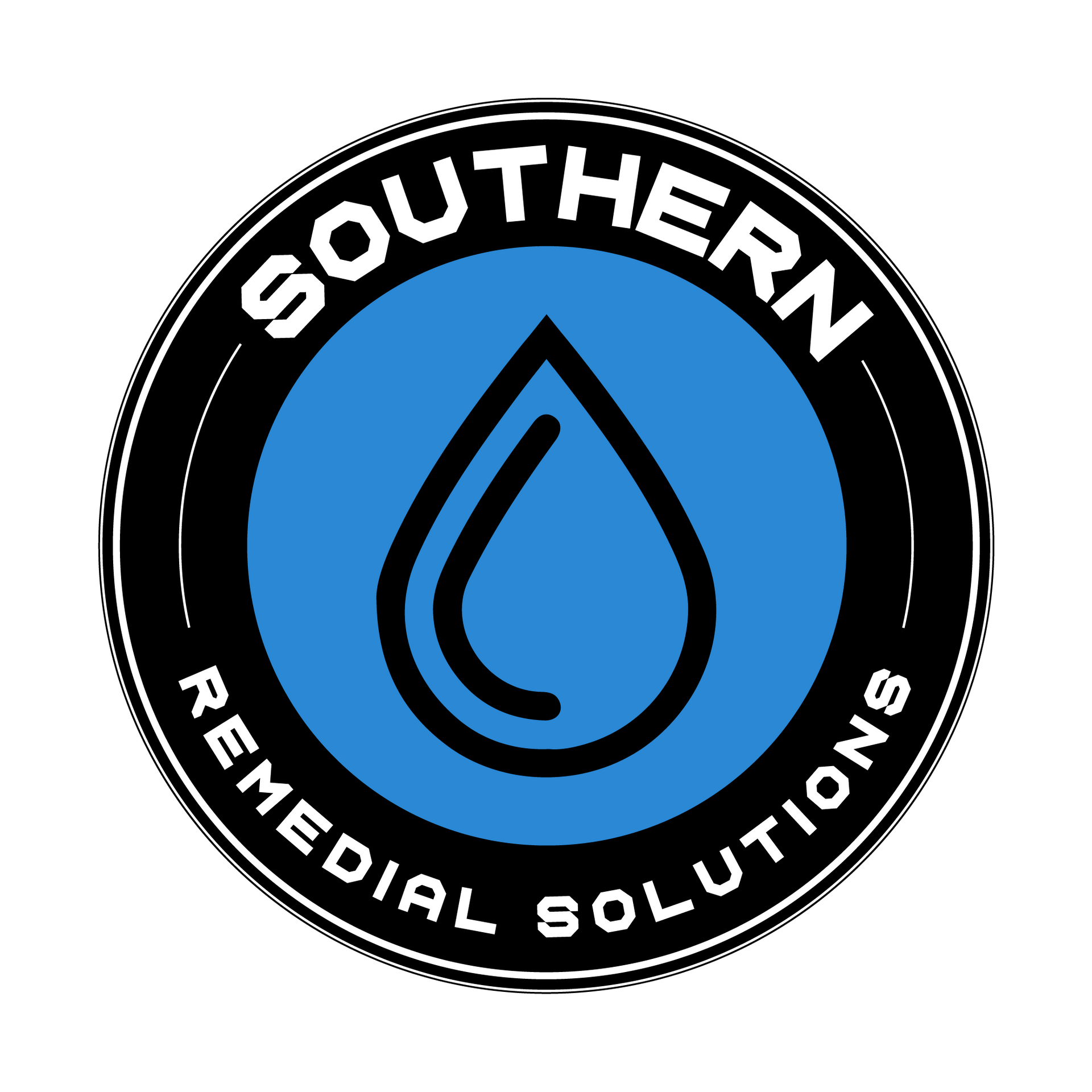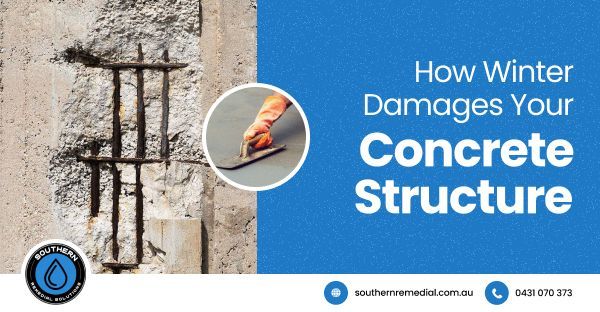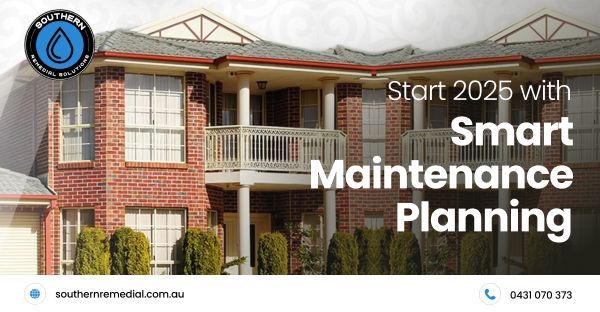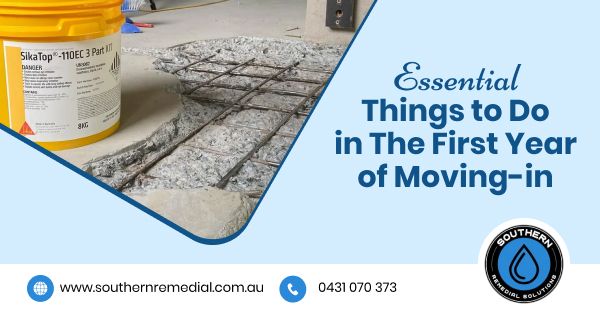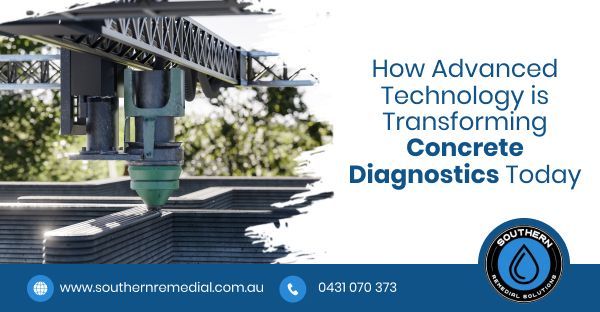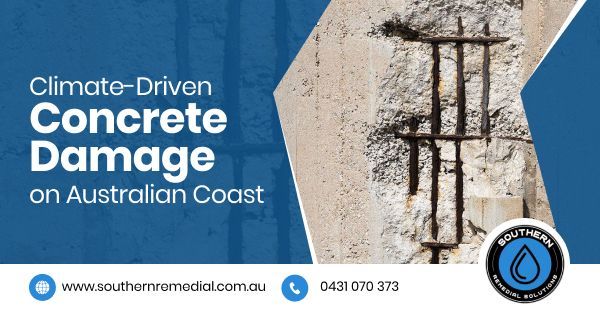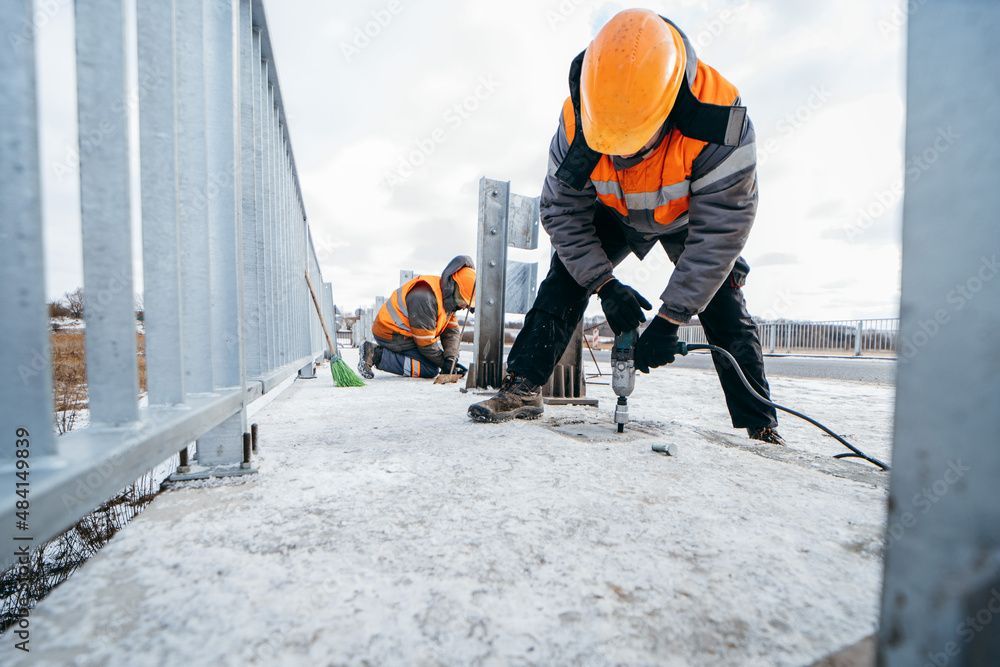Concrete Remediation Red Flags Every Property Investor Should Know

We all know markets shift. But far more damage to your returns can come from hidden defects in the building itself. Even a premium location loses value when tenants complain of leaks, cracks, or wiring faults. Repair bills pile up.
Spot a problem before you purchase, and you may avoid five- or six‑figure remediation work down the track.
Concrete Remediation Red Flags
The bones of a building matter most. Structural defects threaten safety and long-term viability. Watch for early signs.
• Cracks in walls, foundations, or ceilings
Fine hairline cracks are normal. Wide, diagonal cracks that widen at corners of openings (doors/windows) are serious. In concrete slabs or beams, cracks may signal reinforcement corrosion or movement. A remedial building specialist can inject cracks using epoxy or polyurethane crack injection to restore strength.
• Uneven floors or doors that won’t close properly
If a door drags or won’t latch, or floors slope uncomfortably, you may be seeing foundation settlement or shifting slabs. These defects are not cosmetic — they often hide deeper movement or void formation under slabs.
• Sagging rooflines or visible structural movement
If the roof ridge sags, or internal columns or beams are visibly displaced, that is a serious red flag. Look up the underside of beams, roof timbers or concrete girders may show shifting or cracks. A building inspector should check for deflection or creeping movement.
Water Damage Warning Signs
Water is a silent destroyer. Moisture issues often go unnoticed until major damage flares. Be alert for clues.
• Stains on walls or ceilings
Brown, yellow or gray stains are often tell‑tale signs of leakage. If stains reappear after rain, the waterproofing is likely compromised.
• Musty odors indicating mold
A persistent earthy, damp smell suggests mould growth behind walls or under flooring. That signals ongoing moisture ingress.
• Poor drainage around the property
Soil that slopes toward the building, blocked downpipes, or saturated ground next to foundations increase the risk of water penetrating the structure.
• Faulty waterproofing in wet areas
Bathrooms, balconies, terraces and planter boxes are frequent leak zones. Cracked tiles or blisters in membranes suggest waterproofing failure. Moisture can reach the concrete shell and cause spalling or corrosion over time — a concrete remediation expert must address such damage.
Explore hidden problems in old homes that require remedial building work.
Electrical and Plumbing Issues
Even if the concrete shell is sound, poor services can ruin value, safety and tenant comfort. Plausible red flags exist.
• Outdated wiring systems
Wiring over 30–40 years old, knob‑and‑tube or aluminium wiring, or fuse boards with limited capacity are all risky. These may not meet modern codes, and insurers may balk.
• Frequent power trips or flickering lights
If light switches flicker or circuits trip under light load, you may have overloaded circuits or weak connections.
• Poor water pressure or recurring blockages
If several fixtures suffer low pressure, or blockages are frequent, the plumbing network or drainage might be undersized, corroded or poorly installed.
• Signs of previous DIY electrical work
Nonstandard junction boxes, loose conduit, exposed wiring or non-code splice work point to bad repair history. These raise red flags about safety and insurance compliance.
External Building Envelope Problems
The external façade is your first barrier to weather and moisture. If it fails, everything behind it is at risk.
• Deteriorating render or cladding
Render cracks, delamination, broken joint seals, crumbling corners — these show the shell is failing. Water may be entering behind the façade.
• Missing or damaged roof tiles
A roof in poor condition permits rain driving into rafters and ceiling spaces. Even small gaps can allow moisture ingress.
• Blocked or damaged gutters
Overflowing or sagging gutters push water down walls or into foundations. That tests waterproofing and concrete joints.
• Window and door seal failures
Failing seals or gaskets let water, drafts or moisture in. Re-sealing might be simple, but if the structural aluminium or framing is corroded, deeper repair is needed.
How injections help restore historical buildings.
What to Do Before Purchasing
You can’t eliminate risk. But you can take steps to manage and anticipate it.
• Engage qualified building inspectors
Hire a licensed building inspector experienced in remedial and structural defects. They can flag when concrete remediation is needed or a crack needs injection from the outset.
• Review strata reports for defect history
In apartment or strata assets, the strata defect report or maintenance ledger may already record recurring defects, structural issues, or past repair budgets. Hidden liabilities lurk there.
• Budget for potential remedial work
Assume some defects will surface. Set aside 5–10 % of purchase cost for remediation. That might include concrete remediation, structural fixes or waterproofing replacement.
• Consider walking away from problem properties
If the defects are systemic, or remediation costs are uncertain or unaffordable, be ready to back out. Don’t justify a bad deal with optimistic assumptions.
Structural cracks, water damage, faulty services and envelope failures are red flags no investor can ignore. A property may seem sound, but latent defects erode returns and deliver expensive surprises.
Good inspections, proper budgeting, and cautious decision‑making work as your insurance against ruinous defect costs. Only a professional can reliably assess the need for concrete remediation, or whether a crack requires polyurethane crack injection or more advanced repair.
At Southern Remedial Solutions, we specialise in concrete repair, waterproofing and remedial building work across NSW. Don’t buy blindly. Engage us early to inspect major assets, assess hidden defects, and help you negotiate with confidence. Contact Southern Remedial today for a full building defect audit.
